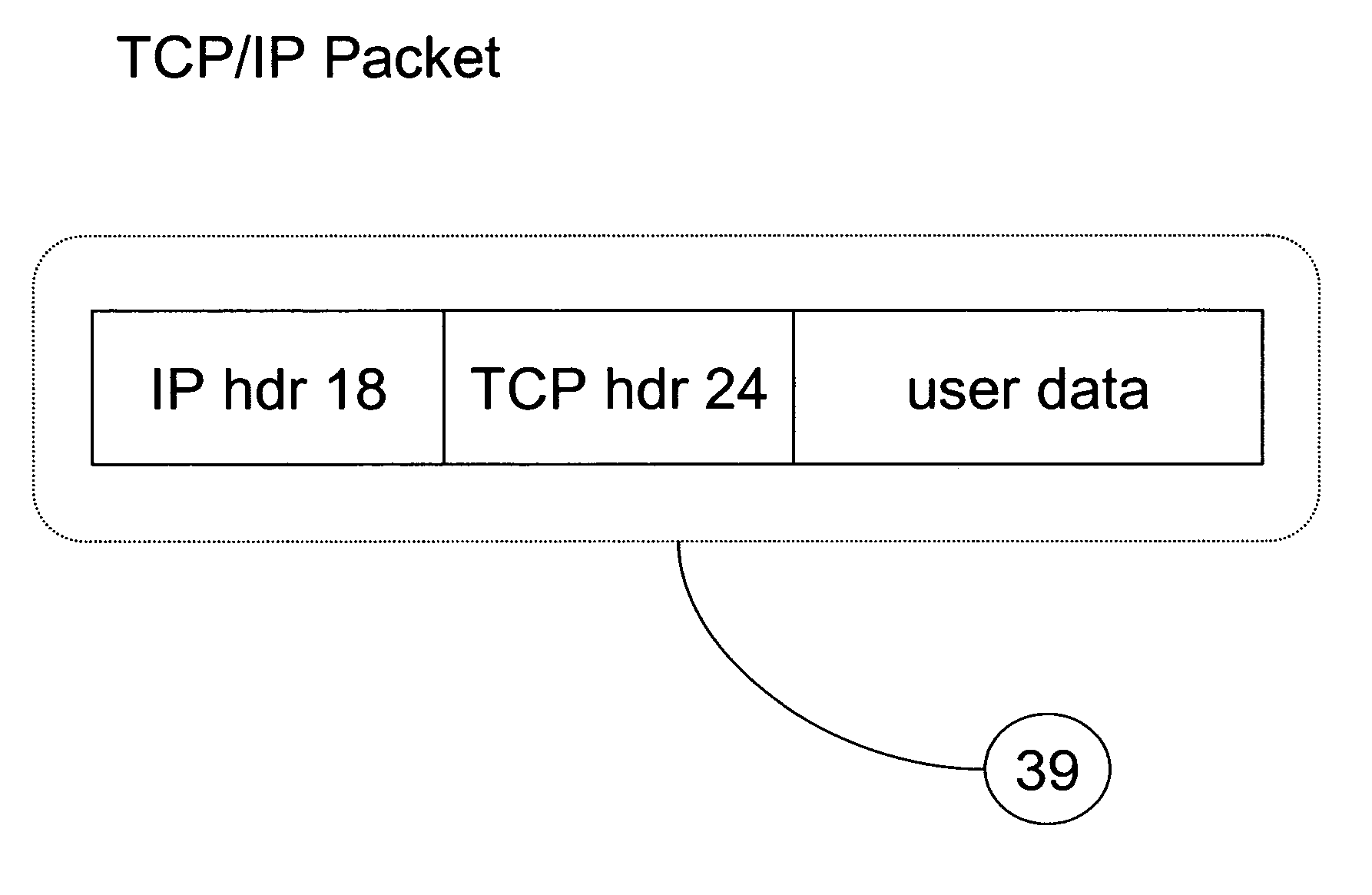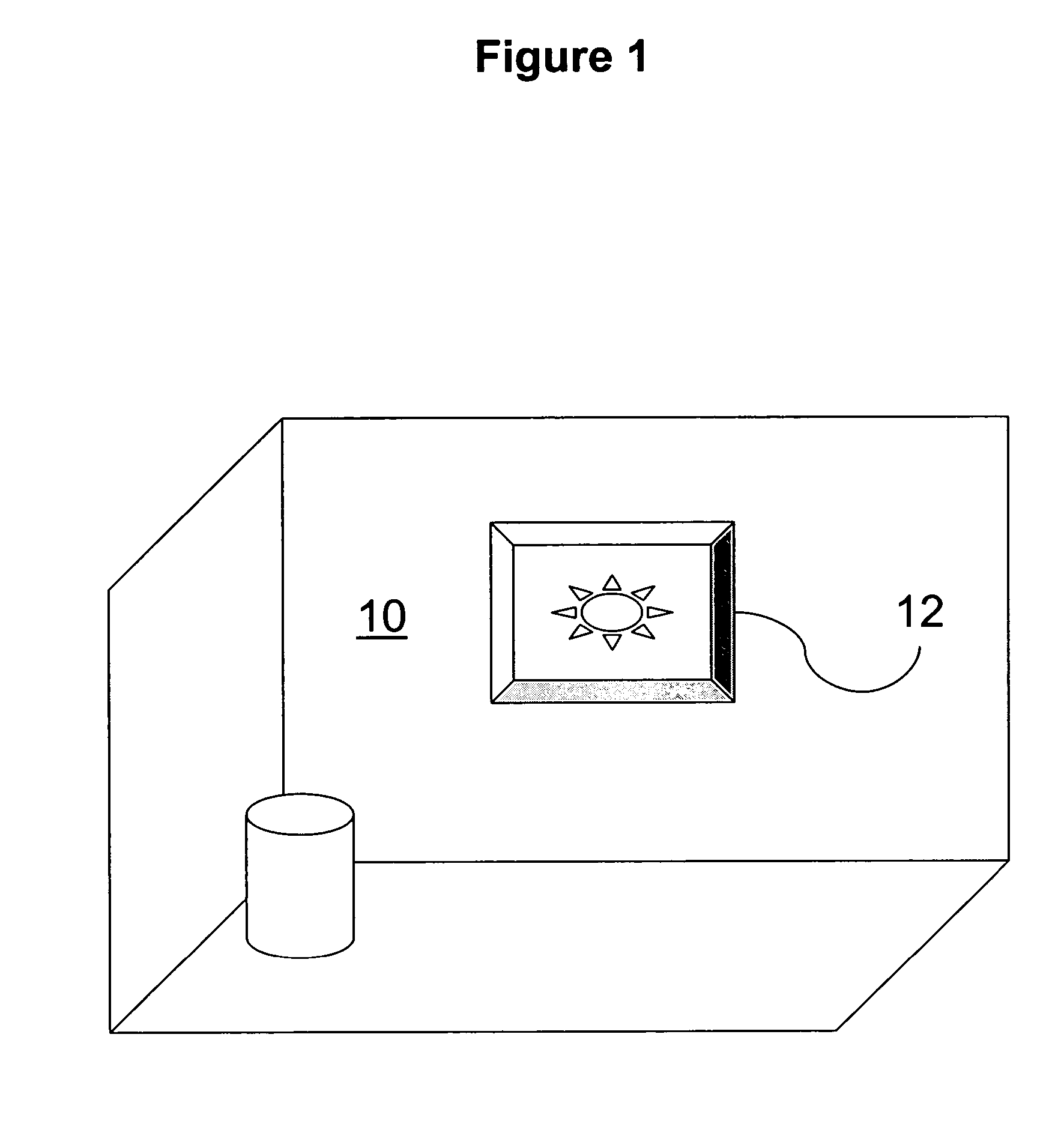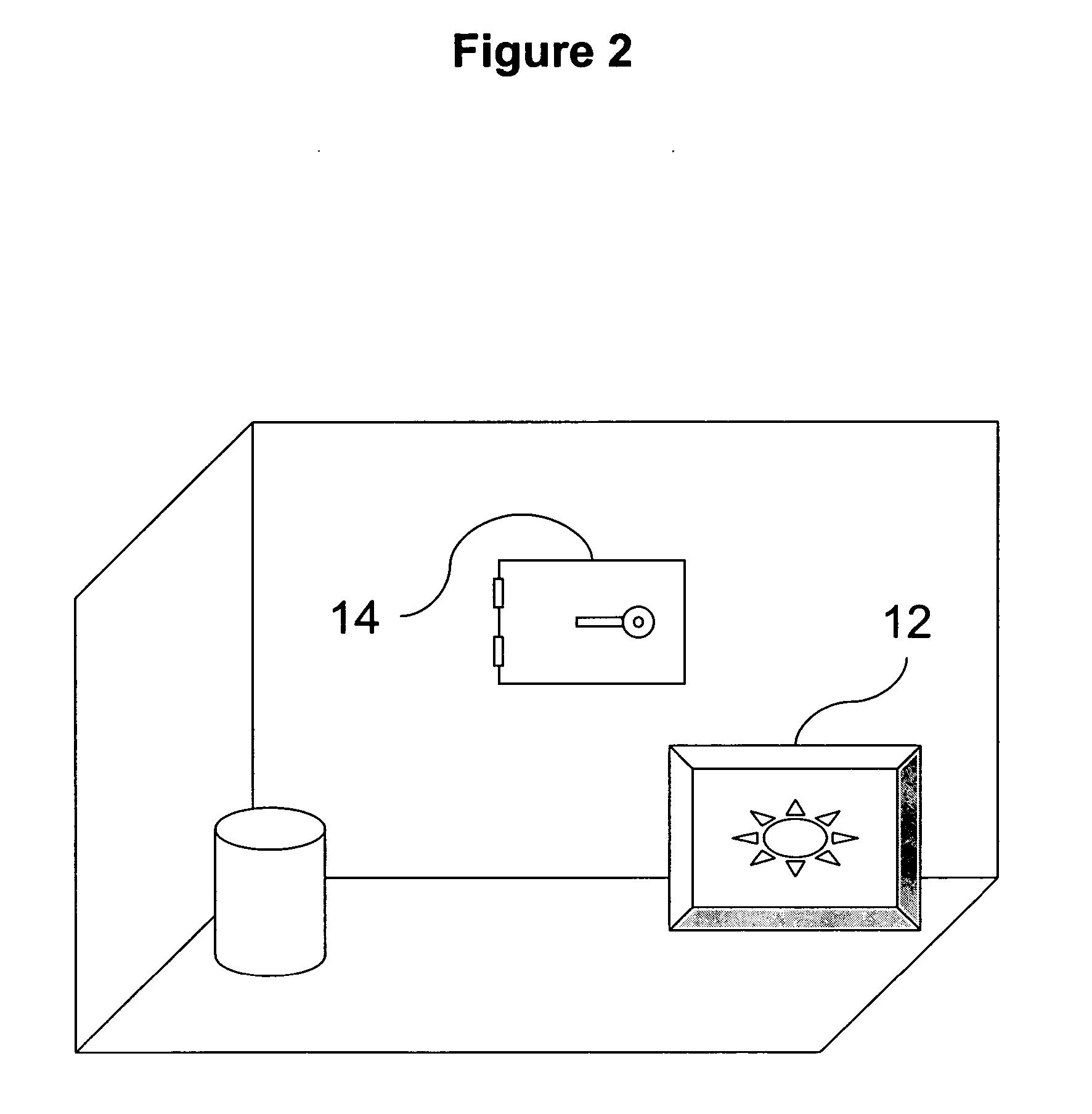Concealing a network connected device
a network connected device and device technology, applied in the field of concealed devices, to achieve the effect of increasing the size of the authorization key
- Summary
- Abstract
- Description
- Claims
- Application Information
AI Technical Summary
Benefits of technology
Problems solved by technology
Method used
Image
Examples
Embodiment Construction
I. Overview of the Invention
[0029] The present invention provides methods for concealing the existence of a device connected to a computer network or concealing the existence of certain applications running on a device connected to a computer network. This concealment works by authorizing a TCP connection request using an authorization key embedded within the TCP connection request.
[0030] In one preferred embodiment of the invention, the authorization is performed by the receiving host server.
[0031] In another preferred embodiment, the authorization is performed by an intervening network device. This device may be a network firewall, a virtual private network (VPN) device, a router, a switch, a cache, a TCP proxy, a virus scanner, an intrusion detection system, an intrusion prevention system or any other device logically or physically placed between the client and the server.
[0032] In a preferred embodiment, the authorization key is inserted by the network device requesting the T...
PUM
 Login to View More
Login to View More Abstract
Description
Claims
Application Information
 Login to View More
Login to View More - R&D
- Intellectual Property
- Life Sciences
- Materials
- Tech Scout
- Unparalleled Data Quality
- Higher Quality Content
- 60% Fewer Hallucinations
Browse by: Latest US Patents, China's latest patents, Technical Efficacy Thesaurus, Application Domain, Technology Topic, Popular Technical Reports.
© 2025 PatSnap. All rights reserved.Legal|Privacy policy|Modern Slavery Act Transparency Statement|Sitemap|About US| Contact US: help@patsnap.com



